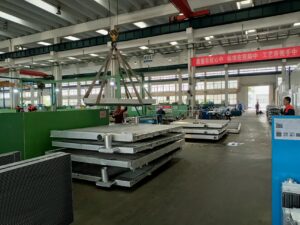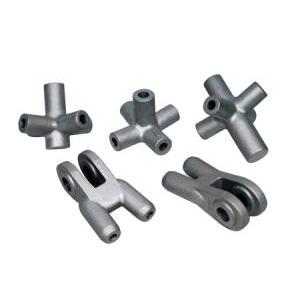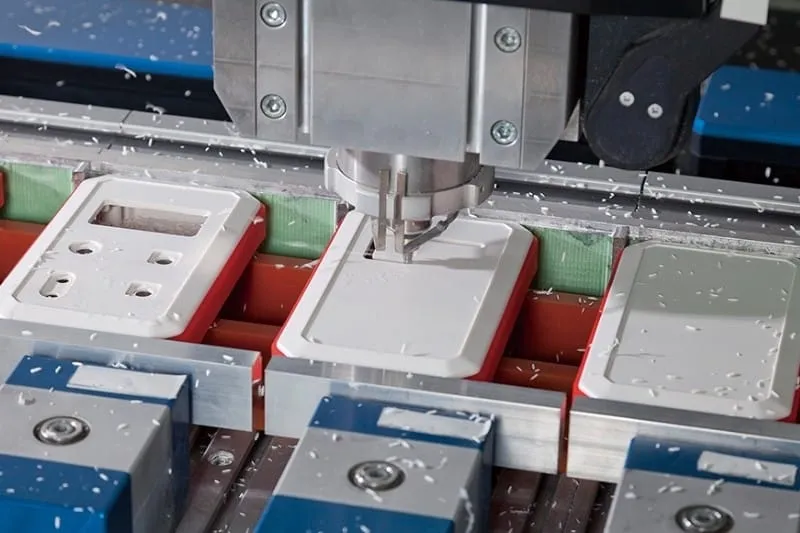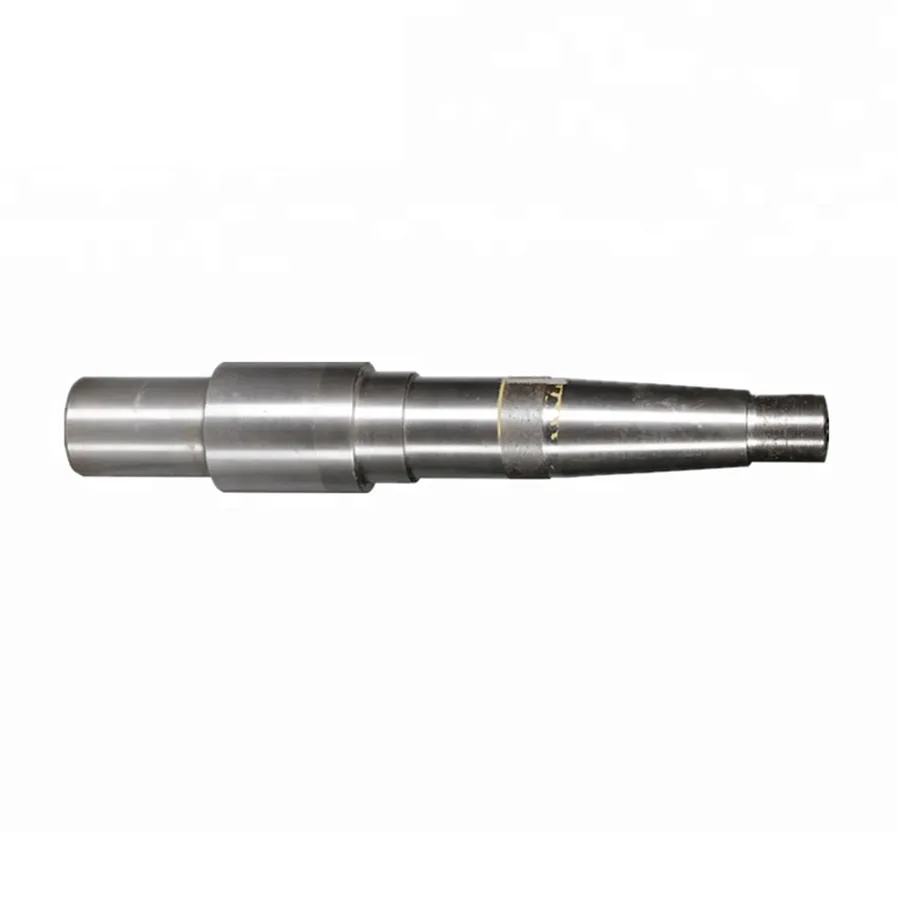
1. Global Supply and Demand Dynamics
Industrial Demand: Steel consumption is heavily tied to construction, automotive, and manufacturing sectors. Economic booms increase demand, while recessions depress it.
Supply Constraints: Disruptions in mining (e.g., iron ore in Australia/Brazil) or geopolitical events (e.g., war in Ukraine affecting coking coal) can tighten supply.
2. Cost of Key Inputs
Iron Ore: Accounts for ~70% of steel production costs. Prices fluctuate based on output from major producers (Vale, Rio Tinto, BHP).
Coking Coal: Essential for blast furnaces. Supply shocks (e.g., Australia’s weather disruptions) or export bans (e.g., China) impact prices.
Scrap Metal: Recycled steel’s price varies with collection rates and electric arc furnace (EAF) adoption.
3. Energy Prices
Steelmaking is energy-intensive. Rising oil, natural gas, or electricity costs (e.g., EU energy crisis) directly raise production expenses.
4. Trade Policies and Tariffs
Export restrictions (e.g., India’s iron ore tariffs) or import duties (e.g., U.S. Section 232 tariffs) alter global trade flows and prices.
5. Currency Exchange Rates
Raw materials are traded in USD. A weaker dollar makes commodities cheaper for foreign buyers, boosting demand/prices, while a stronger dollar has the opposite effect.
6. Environmental Regulations
Carbon pricing (e.g., EU’s CBAM) or emission standards may increase costs for traditional steelmakers, favoring greener alternatives like hydrogen-based production.
7. Technological Shifts
Adoption of EAFs (using scrap) reduces reliance on iron ore/coking coal, potentially lowering demand for these inputs.
8. Speculation and Futures Markets
Commodity traders and hedge funds betting on price movements (e.g., via Singapore iron ore futures) can introduce volatility.
9. Logistics and Transportation Costs
Shipping delays (e.g., Suez Canal blockages) or freight rate spikes (e.g., during COVID-19) add to delivered costs.
10. Macroeconomic Conditions
Inflation, interest rates, and GDP growth influence industrial activity. For example, China’s property market slump (2022–2023) reduced steel demand, lowering iron ore prices.
Example Scenario (2024):
A cyclone disrupting Australian coking coal exports + China’s stimulus for infrastructure could simultaneously constrain supply and boost demand, driving steel input prices upward.





